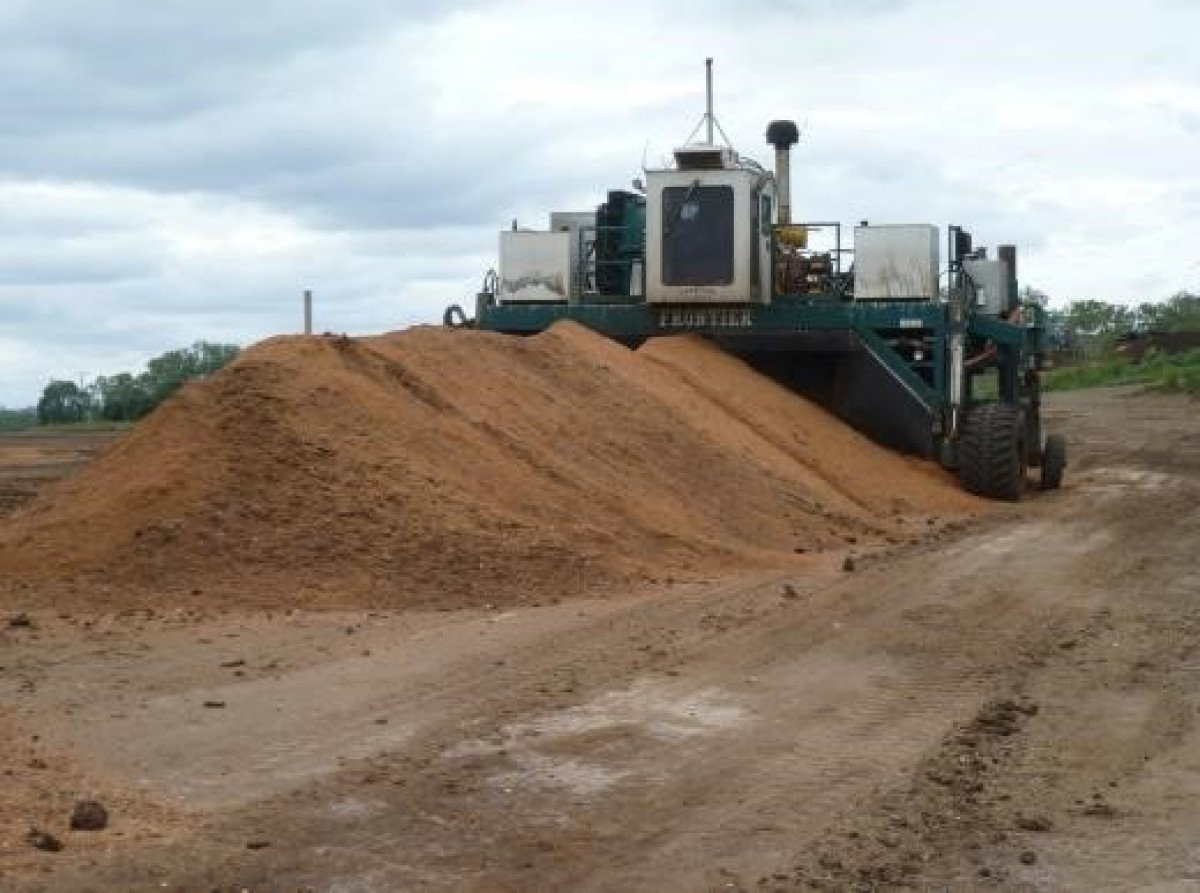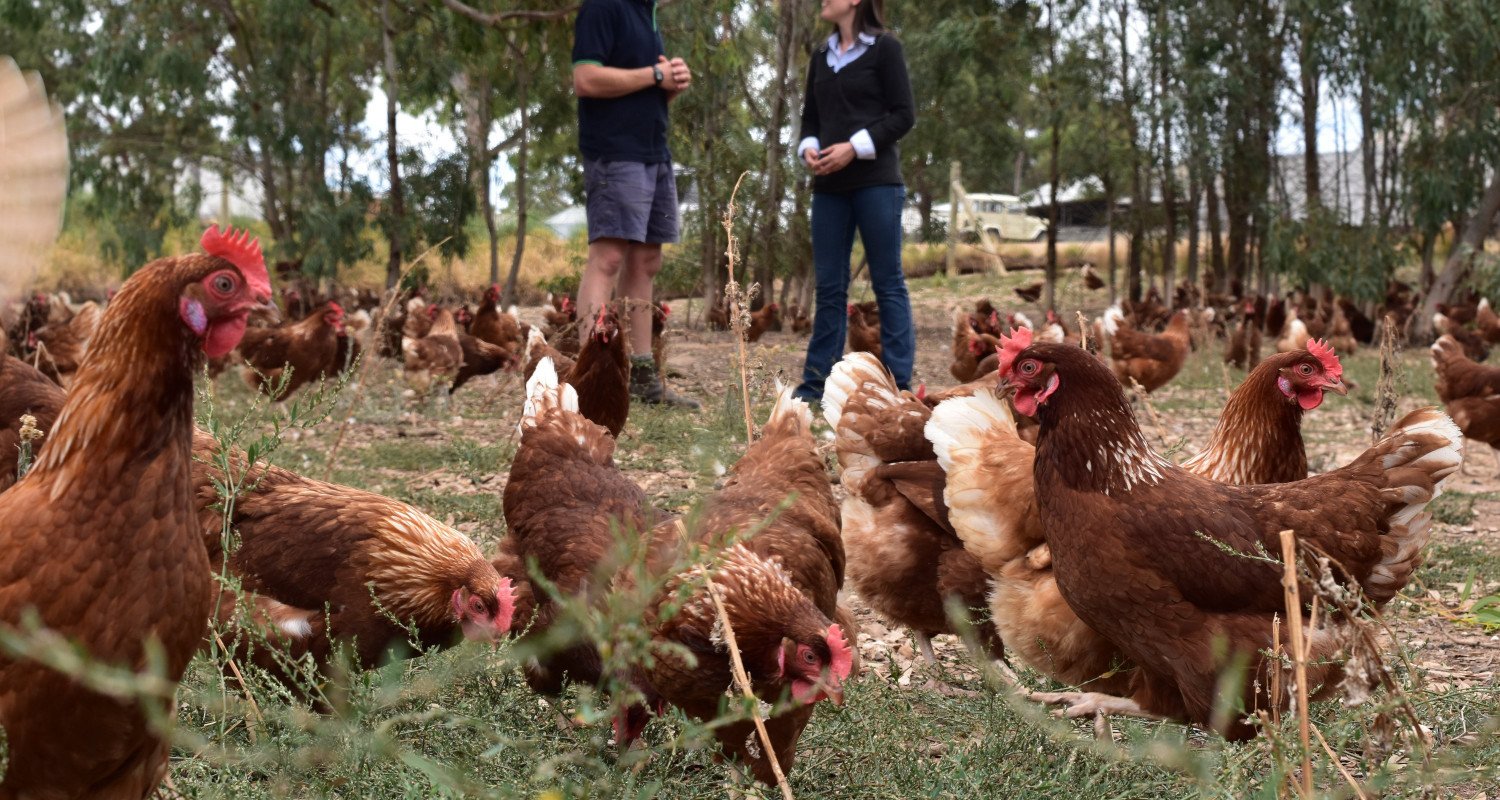
Reducing ammonia losses during composting of chicken manure without altering economic outcomes
- Publication
- Researchers Johannes Biala
- Categories
- Tags
Reducing ammonia losses during composting of chicken manure without altering economic outcomes
This research trialled mixing poultry manure with organic materials such as sawdust and wood chips, in an effort to produce a nitrogen rich compost product.
Addition of sawdust or wood chips to manure was shown to maximise nitrogen retention but at an increased compost production cost.

Composting of poultry manure provides various advantages, including pathogen and odour reduction and ease of handling, storage and spreading. Importantly, there is growing demand for nitrogen-rich compost from high value horticultural markets due to significantly lower risks than using raw manure. This presents an opportunity for additional income for layer operations, although, composting of poultry manure can result in high nitrogen losses through emission of ammonia gas of up to 50% or more. Nitrogen losses are increased when there is a low carbon to nitrogen (C:N) ratio of the composted material. Adequate composting of poultry manure requires blending with additional carbon-rich materials, such as sawdust or wood chips, which adds compost production costs. This project sought to clarify what level of sawdust could be incorporated to maximise nitrogen retention for hen manure composting without impacting on the economic performance of the operation.
Many factors influence the loss of N during composting. While this study confirmed that N retention is maximised with the addition of carbon material during composting, it was determined that the cost of carbon and the market price of compost are the greatest influencing factors for economic viability.
